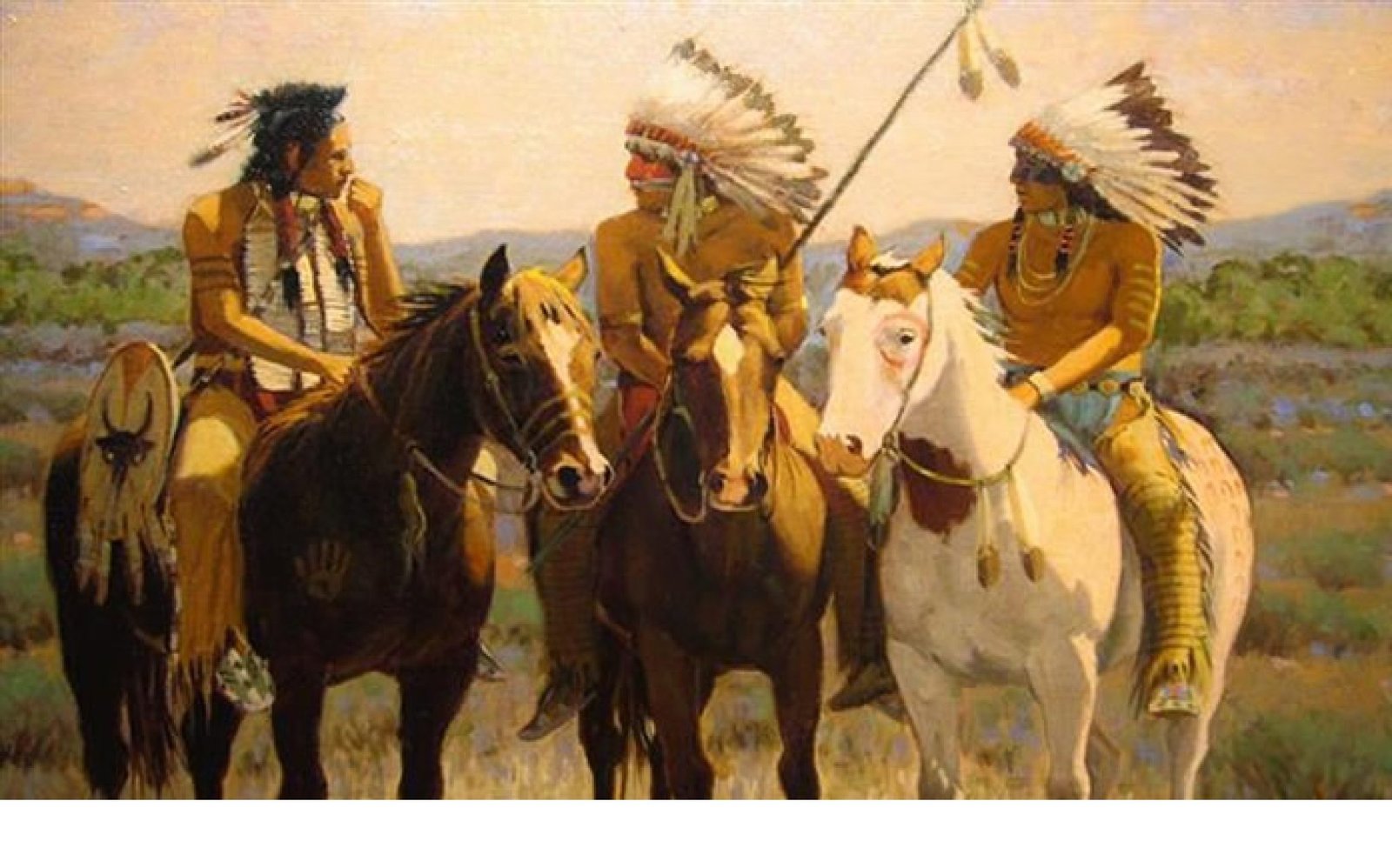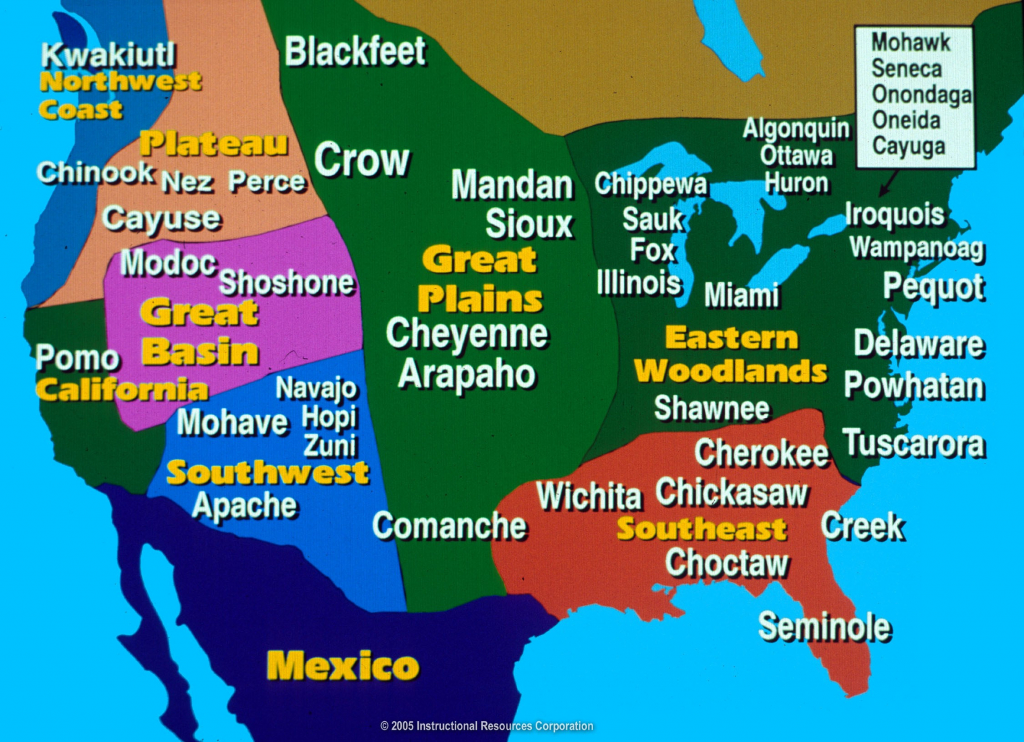Unraveling the Tapestry: A Look at the Diverse Landscape of Native American Tribes in the United States
Unraveling the Tapestry: A Look at the Diverse Landscape of Native American Tribes in the United States

The United States is a nation built on a foundation of diverse cultures and histories. Among these, the Native American population stands as a testament to the enduring spirit of resilience and cultural richness. But how many Native American tribes actually exist in the United States? This question, while seemingly simple, reveals a complex and evolving landscape.
A Shifting Landscape: Defining Native American Tribes
Related Articles: Unraveling the Tapestry: A Look at the Diverse Landscape of Native American Tribes in the United States
- Sacred Traditions Unveiled: Native American Practices for Harmony & Wisdom
- Stunning Native Headresses: Embrace Cultural Style!
- Step into Style: Authentic Native American Women’s Moccasins!
- A Tapestry Of Cultures: Exploring The Native Tribes Of North America
- Unveil the Native American Totem’s Enchanting Tales
The concept of "tribe" itself is a fluid one, often carrying different meanings across various Native American communities. In the context of the United States, the term "tribe" is often used interchangeably with "nation" or "band," reflecting the distinct political and cultural entities that have existed for centuries.
The Bureau of Indian Affairs (BIA), a federal agency tasked with overseeing the relationship between the US government and Native American tribes, recognizes 574 federally recognized tribes. This recognition is a crucial step, as it grants tribes access to certain federal services, resources, and legal protections.
However, the number of federally recognized tribes only tells part of the story. There are numerous other Native American groups, including state-recognized tribes, non-federally recognized tribes, and communities that have chosen not to pursue federal recognition. These groups often lack access to the same resources and protections as federally recognized tribes, highlighting the ongoing challenges of self-determination and sovereignty.
A Tapestry of Cultures: The Diversity of Native American Tribes
The vastness of the United States is mirrored in the incredible diversity of Native American tribes. From the Arctic tundra of Alaska to the lush forests of the Southeast, each tribe possesses a unique cultural heritage, language, and history. This diversity is reflected in:
- Languages: The United States once boasted hundreds of distinct Native American languages. While many languages have sadly been lost due to assimilation policies and cultural suppression, there are still over 170 Native American languages spoken today.
- Traditions: Native American cultures are rich in diverse traditions, from storytelling and dance to elaborate ceremonies and spiritual practices. These traditions are passed down through generations, ensuring the preservation of cultural knowledge and identity.
- Art and Crafts: From intricate beadwork and pottery to stunning basket weaving and woodcarving, Native American art forms are a testament to the artistic talent and ingenuity of these communities. These art forms often reflect deep cultural significance and serve as a powerful means of storytelling and cultural expression.
- Governance: Many Native American tribes have their own unique systems of governance, reflecting their distinct political structures and traditions. These systems often emphasize community consensus and decision-making, reflecting the importance of collective well-being and shared responsibility.

Challenges and Resilience: The Legacy of Colonization
Despite their rich cultural heritage, Native American tribes have faced centuries of oppression and dispossession. The legacy of colonization has left deep wounds, including forced assimilation policies, land dispossession, and cultural suppression. These historical injustices continue to impact Native American communities today, contributing to:

- High rates of poverty: Native Americans experience higher rates of poverty than any other racial or ethnic group in the United States. This disparity is rooted in historical injustices, limited economic opportunities, and inadequate access to education and healthcare.
- Health disparities: Native Americans face significant health disparities, including higher rates of chronic diseases and lower life expectancies. These disparities are linked to factors such as poverty, limited access to healthcare, and environmental pollution.
- Loss of cultural identity: Generations of assimilation policies have led to the loss of many Native American languages, traditions, and cultural practices. This loss of cultural identity has a profound impact on the well-being and self-esteem of Native American communities.

However, despite these challenges, Native American tribes have shown remarkable resilience and determination. They are actively working to reclaim their sovereignty, revitalize their languages and cultures, and advocate for their rights and well-being.
Moving Forward: A Call for Recognition and Respect
Understanding the diverse landscape of Native American tribes in the United States is crucial for fostering a more inclusive and equitable society. It requires recognizing the ongoing impact of historical injustices and supporting the efforts of Native American communities to achieve self-determination and cultural revitalization.
Here are some ways to show respect and support for Native American communities:
- Learn about the history and cultures of Native American tribes: Engage with resources like museums, historical sites, and tribal websites to gain a deeper understanding of their rich heritage.
- Support Native American businesses and organizations: Patronize Native American-owned businesses and donate to organizations working to support Native American communities.
- Advocate for policies that promote Native American rights and well-being: Support legislation that addresses issues like tribal sovereignty, economic development, and access to healthcare.
- Challenge stereotypes and misinformation: Educate yourself and others about the realities of Native American life and challenge harmful stereotypes.
By acknowledging the diversity and resilience of Native American tribes, we can work towards a future where their voices are heard, their rights are respected, and their cultures are celebrated.
FAQ: How Many Native American Tribes are in the USA?
Q: How many federally recognized tribes are there in the United States?
A: The Bureau of Indian Affairs (BIA) recognizes 574 federally recognized tribes.
Q: Are there any other Native American groups besides federally recognized tribes?
A: Yes, there are numerous other Native American groups, including state-recognized tribes, non-federally recognized tribes, and communities that have chosen not to pursue federal recognition.
Q: What is the significance of federal recognition for Native American tribes?
A: Federal recognition grants tribes access to certain federal services, resources, and legal protections.
Q: Why is it important to understand the diversity of Native American tribes?
A: Recognizing the diverse cultures, languages, and histories of Native American tribes is essential for fostering a more inclusive and equitable society.
Q: What challenges do Native American tribes face today?
A: Native American tribes continue to face challenges related to poverty, health disparities, and the loss of cultural identity, stemming from the legacy of colonization.
Q: How can we support Native American communities?
A: We can support Native American communities by learning about their cultures, patronizing Native American businesses, advocating for their rights, and challenging stereotypes.

Closure
Thus, we hope this article has provided valuable insights into Unraveling the Tapestry: A Look at the Diverse Landscape of Native American Tribes in the United States. We hope you find this article informative and beneficial. See you in our next article!